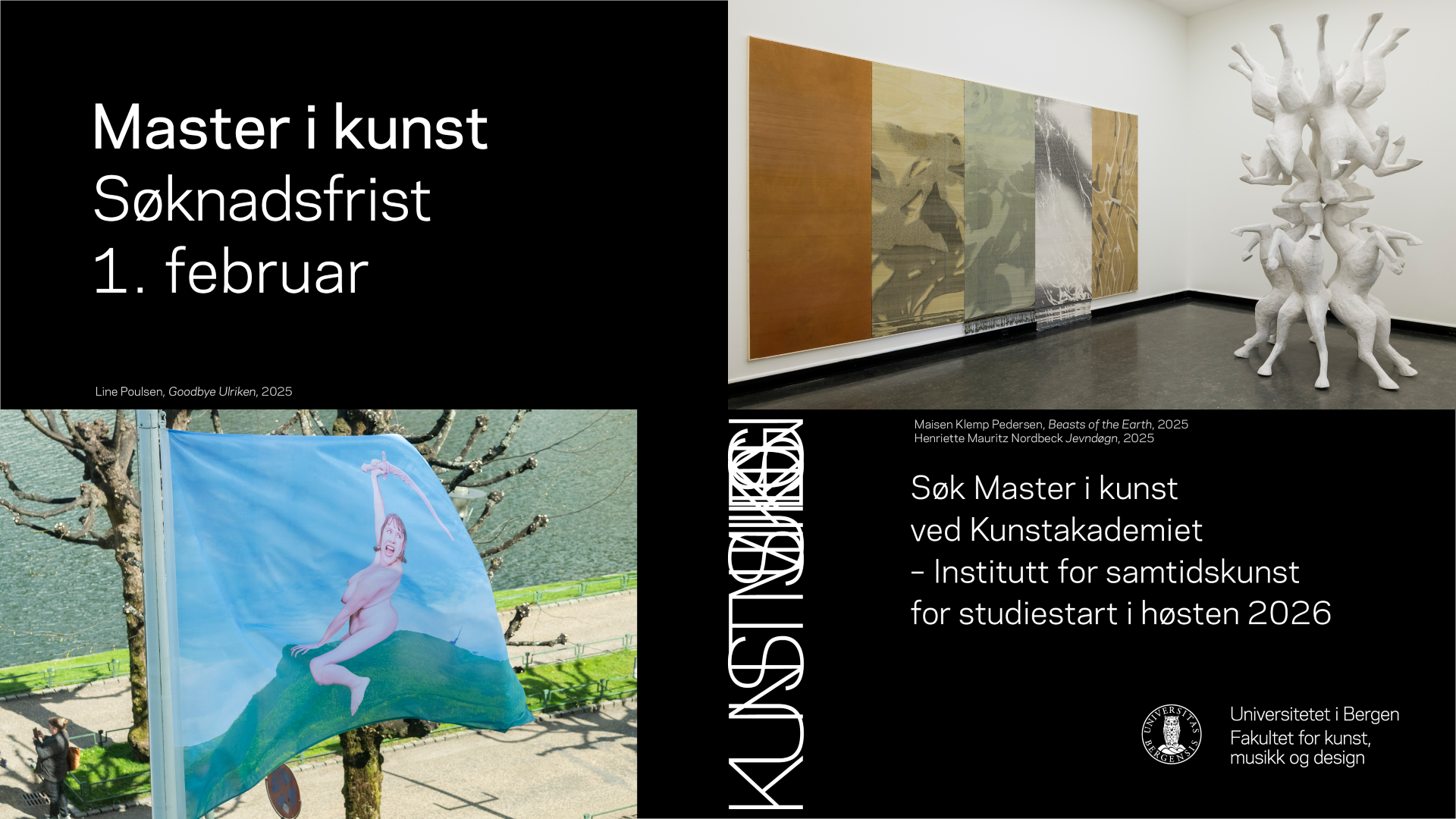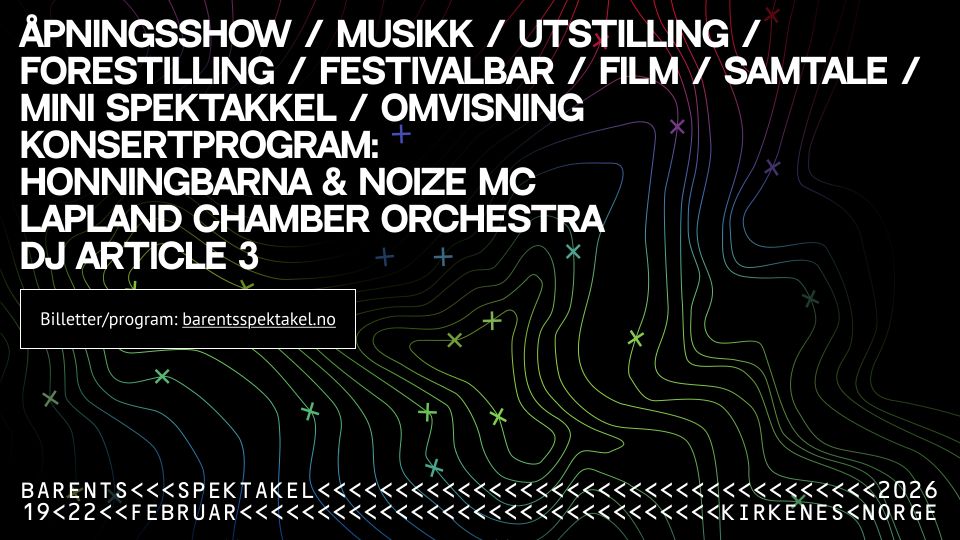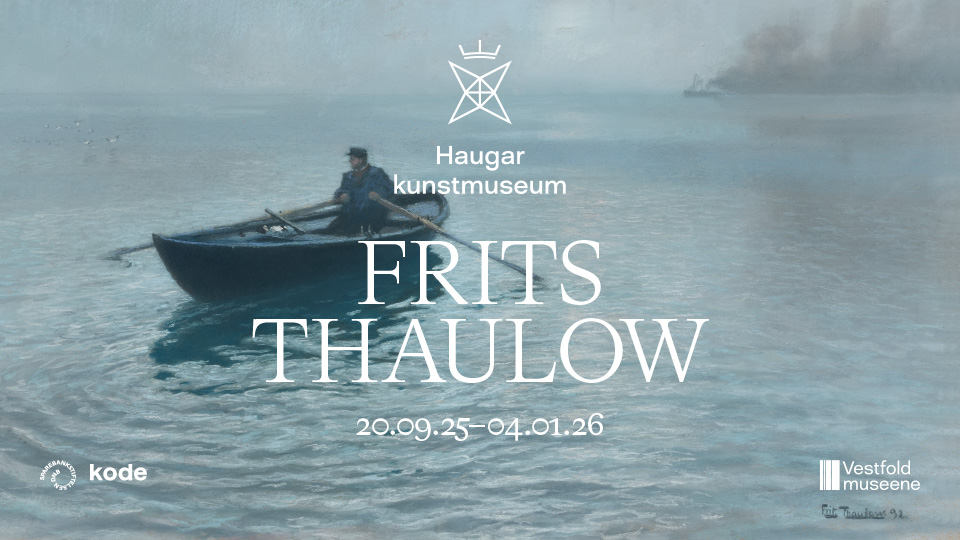
Olafur Eliasson’s Riverbed at Louisiana is a grey, damp, and chilly exhibition. Nevertheless, its opening week saw it starting a heated, albeit surprisingly short-lived discussion in Danish media about Eliasson and Louisiana as art institutions. Louisiana, which is not usually prone to being attacked, was – perhaps for the first time ever – explicitly criticised for tactical stinginess and curatorial opportunism. Eliasson was yet again chastised for inflating his project with rhetorical flourishes and claims to discourse critique that it cannot, according to critics, fully honour. Some critics and visitors expressed disappointment at how relatively un-overwhelming the installation was in spite of all the hard work and millions of kroner spent on its creation: Sceptics held that the many tonnes of basalt rock, shipped in from Iceland on multiple coasters, and the artificial riverbed that demanded radical alterations to walls and plenty of complicated hydrotechnics did not, in fact, surpass a simple walk on the beach, nor indeed match Walter de Maria’s Earth Room (1977) at the DIA Art Foundation in New York.
Of course, Riverbed also won enthusiastic supporters who loyally immersed themselves in Eliasson’s phenomenology and believed that the exhibition invited sublime contemplation and offered strong sensory impressions with its wealth of crunching rubble and stones that slide out alarmingly underneath your feat and the resin-scented pinewood boards under which Vilhelm Wohlert’s exclusive 1960s-modernist staircase has been neutralised. However, if you ponder the question in slightly greater depth, there is not really anything exalted or sublime about these materials either. Eliasson has opted for the humblest stone in the world: blue basalt, “the sparrow of stones” as he calls it. And pine can hardly be regarded as much of a sensory experience for Scandinavians. After all, it is the cheapest and most ordinary kind of wood we have, associated rather more with rapid consumption and IKEA’s “democratic design” than with the exclusivity, longevity and exquisite tastefulness of Danish Modern style.

Riverbed is certainly an exhibition where the idea is far more monumental and spectacular than the end result, which is indeed largely uneventful. After the first strong responses of the surrounding world – both inevitable and necessary whenever art’s alpha males, incarnated here by Louisiana and Eliasson, meet up – one might begin to wonder whether that is in fact the point of it all? Leafing through the catalogue suggests that this may be the case. You will gradually realise that the exhibition is first and foremost a critique of time, i.e. of the fact that the powerful centralise and define the time belonging to the less powerful. For example, how much time you are allocated until you reach a deadline, a finished product, a major work of art at a museum, or a properly tied shoelace – if you happen to be governing the time of a child, that is. Time is a kind of class issue, for in a technocratic age the time spent by the weak in order to meet the objectives of the strong is essentially uninteresting, even troublesome; it should be quickly over and done with, even eliminated. Insofar as Riverbed has a critical, idealistic, or “democratic” aim it is, them, to level out the scarce resource of time, making it equally available or restricted for all visitors just for a moment; to create an artificial waste of time – rather like The Weather Project at the Tate Modern in 2003 could be regarded as an equalisation of the resource of light, presenting a staged sun in which everyone could bask. In office buildings – including Tate’s – it is far from unusual that job promotions also yield office spaces with more windows in them, and as we know the top management of Nestlé believes that pure groundwater will, within a foreseeable span of years, be a privatised resource and commercial commodity, and of course bottled spring water is already one of late capitalism’s best examples of a pure commodity fetish. The things in life that used to be free are increasingly being monetised; that is the banal, yet complex point made by Eliasson, prompting a need to reclaim whatever can be reclaimed for “the people”. On the one hand Olafur Eliasson uses his position to aestheticise questions of environmental and resource-management policy, seeking to turn them into universally human, emotional, and existentialist issues rather than questions associated with specific political wings, questions that one may be for or against. Yet there are limits to the artist’s unalloyed idealism and struggle against the domestications of capitalism, as is evident when he himself becomes an agent in the Industry of Goodness by marketing a plain solar-powered lamp, Little Sun, as a kind of aid scheme for developing countries. The lamp is sold, not entirely cheaply, in countries where access to electricity is unstable.
If we put this paradox aside, focusing instead on Riverbed as a pure art exhibition that has time as its chosen element and material – the way that Weather Project had light, New York City Waterfalls (2004) had water, and the rainbow simulator Beauty (1993) had optical natural beauty – time is, as we know, often measured in terms of money — and movement. This is where the stony wasteland begins: with walking as metaphor and landscape. In his catalogue Eliasson compares Northern walks and hikes with Alpine hiking. When you walk in the Alps you want to reach the top, says the artist. Like regiments of business people you go determinedly for targets and highlights: for Kaiser-Franz-Josephs-Höhe or the Toblerone peak of the Matterhorn, for the soft green valleys and meadows where Dr. Vogel gathers his sun-kissed herbs and extracts his health-giving whey-based products. By contrast, when walking in the North you will often find that nothing – zip – zilch – is happening. From the endless fir plantations of Småland to the rocks and lichen of Nordland to the volcanic plains of Iceland the landscapes are sparse and fairly consistently offer up only the same thing over and over and over again. “In the north of Norway, Iceland, Sweden, and Greenland you just walk and walk. Very little is happening. I think that’s very endearing. There is never really any peak or top you can reach to look over at the top where the people from the other bus are. Here, the thing of value is the trip itself; the time you have spent,” explains Eliasson.

It doesn’t take much calculation to figure out the metaphors. Like most museums, Louisiana is an Alpine hike. Eliasson’s reply is a Nordic wasteland. At Louisiana they go for follies and highlights; everything is beautiful, everything is interesting, everything is made from the very best materials. And the peak of the mountain, your reward, is reached in the café as you plant your flag in a delicious dish. There is no time to waste. By contrast, and as director Poul Erik Tøjner himself has pointed out, Riverbed has no focal point. No pre-determined route. You walk around in a state of some confusion and disorientation; you are mostly afraid of tripping up, stumbling, or losing face, but there really is nothing to see here, nothing to understand, and nothing to reach. The only reward you get is stones in your shoe, a reading room, a shut door, and a sign that says: the exhibition ends here. It looks like a waste of time. You cannot even take a shortcut to the café; you need to go back across all the humble and humbling stones.
The metaphor accrues yet another layer by virtue of the fact that Louisiana’s self-image already sees the museum as a place that “is about walking”, as Tøjner puts it. Louisiana’s world-famous Giacometti-herbarium with the walking sticks constitutes Lousiana’s founder Knud W.’s early branding of this idea, and indeed this is not the first time that the theme of “going to Louisiana” has been addressed curatorially. For example, Bruce Ferguson did the same in 1996 during Lars Nittve’s controversial NowHere. The section Walking and Thinking and Walking was a reconstruction of an important walk – from Copenhagen via Humlebæk to Elsinore – undertaken by Niels Bohr and Werner Heisenberg in 1924; an endeavour intended to reclaim the walk as a Romantic, academic tradition of friendly, insightful, and fruitful conversation; in the modern, controlled society it has been replaced by a target-oriented power walk that offers beneficial exercise while concurrently preventing all risk of any deeper exchanges of meaning.

According to the curational equations employed by Ferguson and indeed Tøjner, art can create particularly fertile ground for contemplative and insight-building walks through artworks that are either about the act of walking or which work as reconstructions of historical walks undertaken by others. To Eliasson, however, simply observing artists walking is not enough. If you are to claim back your own time you need to get going yourself, and that is why it takes such a disproportionate amount of time to get through the amassed stones.
This type of institutional critique is typical of its generation: The critically complicit, as theorist Joshua Decter termed it in the early 1990s. Not boundary-breaking and confrontational, but based on infiltration and a certain amount of satire. In all its simplicity this is well conceptualised and thought out, even though the less seasoned observer may find it near-impossible to see why such an installation is supposed to have a democratic aim or be able to force the event junkies of our experience economy to cut back the way that Eliasson himself believes it will. With Riverbed you do, however, have to go along with one of the greatest claims of 1990s art: that art offers spectators the opportunity to experience domesticated spaces in a different, rather more critical manner. The disconcerting resistance from the stones forces you to watch the South Wing in a new, paler light – the much-celebrated architectural gem looks rather like an energy-conscious house from the 1980s as the heaps of rubble and stones effectively bring down the ceilings, and the water and pinewood chills the usually warm, welcoming, very human room to freezing point, causing us to physically experience a kind of spatial resistance or dominance that is not very evident in the usual run of affairs. The spatial critique is followed up by 3-4 rather dull video works from Berlin, where dancers choreograph various locations such as Berlin, a Chinese garden, and Eliasson’s workshop at very moderate paces, prompting us to adopt a rather different view of the real nature of e.g. a working process or of going for a drive.
The exhibition has a natural beauty, but it is particularly sparrow-like kind of beauty that does not instantly overwhelm; discovering and appreciating such beauty takes time. This is a kind of anti-seduction, manipulated into existence by the amount of time you are forced to spend in the installation. A contrast to many previous Eliasson works, where the beauty of the art is intended to capture the onlooker and then to prompt more serious deliberations on rather less lovely subject matter.
In other words, this reviewer must reach for the bag of clichés and say that Olafur Eliasson has in fact turned all expectations upside down with this exhibition; an inversion that applies equally to his own previous endeavours as a loud aesthetic maker of spectacle and to Louisiana as an institution. He has done so with a modesty that does not even ring false, even if it may have a certain strategic aim; a natural move when one has, like Olafur Eliasson, reached the pinnacle of one’s career and so is almost destined for a fall in media, amongst the audience, and with the critics.



















